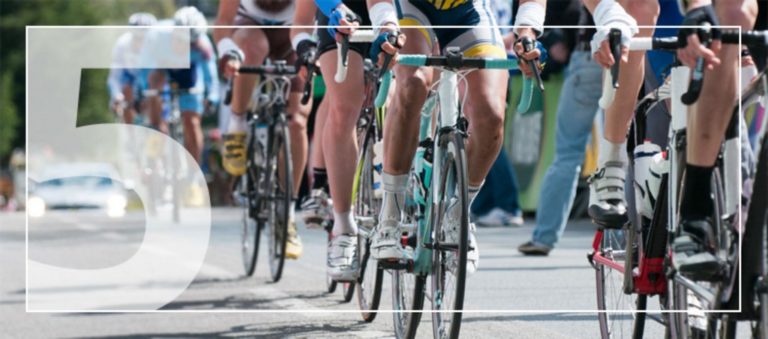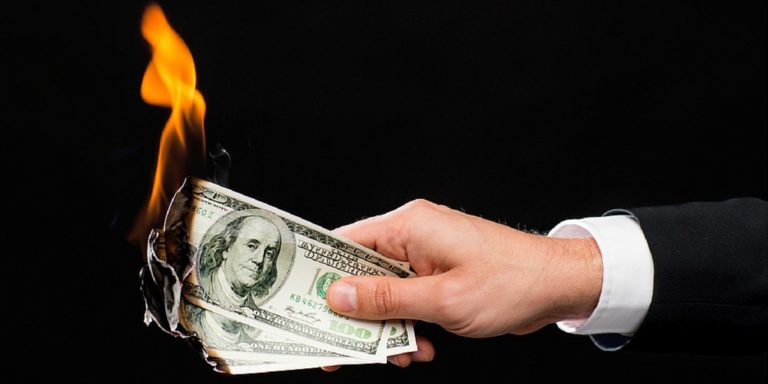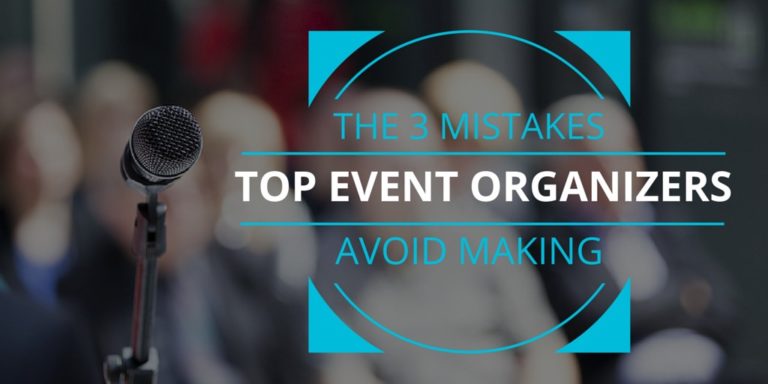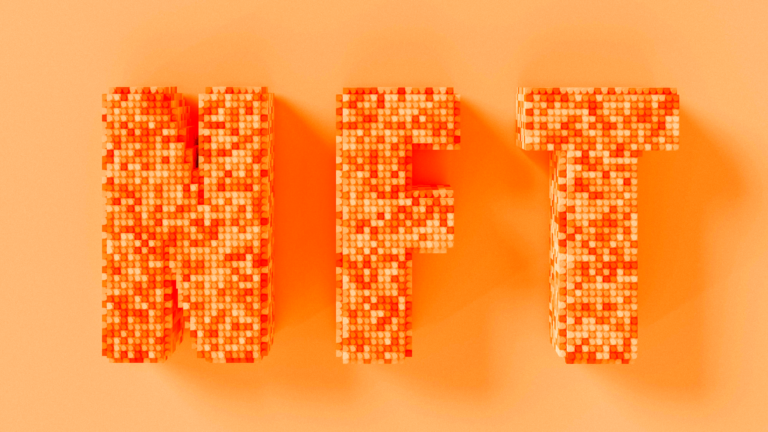Most brands today struggle to stand out in a world where audiences are endlessly scrolling, swiping, and tuning out traditional ads. Traditional ads get ignored. Email open rates are down. Algorithms gatekeep your reach. So, how can a brand connect with real people in a way they’ll remember?
Pop-up events are the antidote to digital fatigue. They break the cycle of passive consumption. They’re immersive, unexpected, and built to interrupt the ordinary. These temporary activations create urgency, deliver novelty, and invite people to experience a brand with all their senses, not just their thumbs.
In this article, we’ll unpack everything you need to know about pop-up events: what they are, why they work, how to plan one, and a full lineup of creative ideas and formats to inspire your next big brand moment.
What are pop-up events?
Pop-up events are short-term, high-impact, often surprise-based brand activations designed to engage audiences in a specific place for a limited time. They’re flexible, immersive, and centered around physical experience, even when paired with digital touchpoints. Pop-ups can be retail-driven, experiential, artistic, or promotional. They might last a few hours or a few weeks. Some appear on street corners, in trucks, or vacant storefronts. Others live inside festivals, malls, or even online.
These are the three major pop-up categories:
- Pop-Up Shops: Short-term retail spaces, often selling exclusive or limited-run products.
- Pop-Up Experiences: Fully immersive, interactive brand moments designed more for engagement than sales.
- Pop-In Shops: Temporary takeovers within an existing store, usually for collaborations or special releases.
Pop-ups thrive on surprise and context. The more unexpected the location or format, the more intriguing the experience.
Types of pop-up events
Pop-ups come in more formats than most people realize. Choosing the right one depends on your brand goals, budget, and target audience.
Standalone pop-up stores
These are independent, self-contained retail setups that appear in high-traffic areas. They’re often used for product drops, capsule collections, or turning digital brands into real-world destinations.
Example: Glossier’s pink pop-up showroom in NYC drew massive crowds and millions of impressions with its minimalist aesthetic and limited-edition drops.
In-store pop-ins
These are temporary brand activations set up inside larger stores. A brand temporarily sets up shop within another retailer, offering exposure to an existing customer base. Great for partnerships and seasonal experiments.
Example: Goop’s pop-up at Nordstrom brought its wellness-meets-luxury aesthetic into select stores, offering curated products and interactive experiences.
Mobile pop-ups
These roll up in vans, trucks, or shipping containers. They’re designed to move from place to place, bringing the experience directly to different neighborhoods or cities.
Example: TopShelf’s fashion truck toured markets and fairs before launching a stationary pop-up store to build deeper customer loyalty and expand brand reach.
Venue-based pop-ups
Brands rent short-term space in art galleries, lofts, or warehouses to create immersive, story-driven experiences. These are ideal for launches, installations, or high-end events.
Example: Louis Vuitton’s traveling exhibit that reimagined its brand through historical storytelling.
Exemple: Louis Vuitton’s “Volez, Voguez, Voyagez” traveling exhibit. A global pop-up captivated audiences in cities like Paris, Tokyo, and New York with its blend of history and innovation.
Outdoor/open-air pop-ups
Set up in public plazas, beaches, or parks, these events rely heavily on visibility. Great for wellness, F&B, or family-focused brands. These require weather planning, logistics, and permits.
Example: 37.5® Technology opened the World’s Most Remote Pop-Up Shop 300 feet up a Colorado cliff, giving free gear to climbers. The stunt drew global attention and perfectly aligned with the brand’s extreme sports identity.
Festival and event pop-ups
Booths or activations inside larger events like expos, music festivals, or conventions. Ideal for targeted brand engagement.
Example: At Wonderfront Festival 2025, Club Kokomo Spirits hosted a pop-up bar serving their award-winning rums and cocktails; a vibrant setup that offered tastings, tropical vibes, and a branded lounge area for festival-goers.
Modular architecture builds
Custom-designed structures using modular, reusable parts. Highly visual, often architectural, and engineered to wow. Great for tech, fashion, and innovation brands.
Example: COS partnered with Snarkitecture to create a modular retail installation in Los Angeles using prefabricated steel grids, carved display panels, and mirrored partitions. The reusable, minimalist components allowed for easy setup and future replication across other temporary spaces.
Immersive experience pop-ups
More like art exhibits than stores, these pop-ups focus on storytelling. Visitors move through themed rooms, interact with digital content, and leave with memories (and often social media content).
Example: The Stranger Things Experience was a traveling pop-up by Netflix and Fever that let fans step into Hawkins with AR, actors, and immersive set recreations.merging nostalgia, storytelling, and interactive tech.
Why are brands investing in pop-up experiences?
In a market where attention is fragmented, pop-up events cut through the noise, offering a rare opportunity: direct, physical, attention-grabbing interaction. Here’s why brands love them:
- They create urgency: Pop-ups are temporary, which naturally creates a sense of FOMO. That ticking clock is powerful psychology. If something is only around for a few days or a single weekend, people will rearrange their schedules just to be there. Organizers should leverage this by creating countdown campaigns, limited-edition drops, or exclusive, one-day-only perks that heighten the “now or never” appeal.
- They build relationships: Face-to-face interaction creates stronger emotional connections. Pop-ups offer space for conversations, tactile product experiences, and genuine community connection. Whether it’s trying a product hands-on or chatting with the brand team, these interactions create lasting impressions that convert browsers into loyal fans.
- They test ideas: Want to trial a new product, service, or brand identity without committing to a full retail rollout? A pop-up is a low-risk, high-feedback option. You can gauge audience reactions, test pricing, and fine-tune your messaging, then take those insights back to the drawing board or scale with confidence.
- They go viral (when done right): A well-executed pop-up can earn press coverage, influencer buzz, and tons of social shares. Consider incorporating immersive design, surprise celebrity appearances, or unusual locations that naturally draw attention.
- They bridge offline + online worlds:Â QR codes, smart mirrors, mobile app tie-ins, digital coupons, and AR activations make it easy to blend physical experience with digital follow-up. For direct-to-consumer (DTC) brands or ecomm-first businesses, pop-ups can be a powerful bridge that drives website traffic, app downloads, or post-event engagement.
- They drive sales and leads: Pop-up events often convert at much higher rates than standard digital campaigns, especially when paired with a compelling call to action. Whether you’re selling products, capturing emails, booking demos, or driving installs, the in-person nature of a pop-up creates focus and intent. When people are immersed, they’re more likely to act.
Whether you’re trialing a concept or making a splash, pop-ups are agile, measurable, and, when done right, unforgettable.
The psychology behind pop-up events
What makes pop-ups feel so magnetic? There’s real behavioral science behind why they work:
- Surprise grabs attention: Our brains are trained to notice the unexpected. When a pop-up appears where it’s not supposed to, a disco in a laundromat, a museum in a shipping container, it interrupts routine. This cognitive jolt pulls people out of autopilot. As an organizer, consider incorporating location-specific details, sensory elements, or unexpected design features that will draw passersby in, making them stop, stare, and step inside. Absolut’s “The Art of Recycling” Pop-Up at Coachella transformed a recycled shipping container into a glow-in-the-dark art lounge. Its unexpected placement and bold concept created a moment of pause and curiosity, the kind of interruption that stays with attendees and turns heads.
- Place memory makes it stick: Humans associate strong emotions with physical spaces; it’s called environmental anchoring. A meaningful experience in a pop-up shop will be remembered long after it’s gone, because the environment made it feel special. Utilize lighting, layout, scent, and sound to create a distinct space. When someone says, “I’ll never forget that place with the bubble tunnel,” you’ve won.
- Social signaling drives sharing: People use experiences to communicate who they are; stylish, in-the-know, fun. That’s why pop-ups with photo ops, exclusive merch, or secret access tend to go viral. You’re not just giving attendees something to enjoy; you’re giving them something to post. Create moments people want to show off, and they’ll do your marketing for you.
Creative pop-up event ideas
Looking to create a pop-up that people actually talk about? These fresh, experience-first ideas are built to surprise, delight, and drive real engagement.
Fashion and retail
- AR try-on lab: Let shoppers try on items such as clothes or makeup digitally using augmented reality mirrors, then customize their favorites in-store. Great for blending physical and digital shopping experiences.
- Style hack bar: Set up a mini styling station with tailoring tweaks, instant hem fixes, and on-the-spot outfit advice. Partner with fashion influencers to drive foot traffic and add a personal touch to your brand.
Food and beverage
- Flavor voting booth: Offer tastings of unreleased products and let attendees vote for what should go to market. Combine it with digital polling for added data and shareability.
- QR-coded café: Each table or menu item links to digital content: behind-the-scenes recipe stories, playlist pairings, or secret menu unlocks. Make it playful, layered, and interactive.
Seasonal pop-ups
- Snow globe lounge (winter): A transparent heated dome filled with “snow,” music, and cozy brand activations. Offer themed drinks or merch and use lighting to create magical selfie spots.
- Flower market (spring): Open-air popup filled with flowers, pastel props, and local vendor booths. Add a bouquet-making workshop and branded canvas bags for takeaway.
Tech
- Repair and upgrade hub: Station tech reps in high-footfall zones (like malls or transit hubs) to offer quick diagnostics, software updates, or hands-on demos. This keeps it functional and brand-forward.
- AI experience booth: Gamify your AI products, such as voice assistant battles, personalization quizzes, or smart tool showcases, inside a compact, futuristic booth with screens and sound.
Arts and culture
- Story rooms: Each room tells part of your brand’s journey using set design, scent, sound, and projections
- Mobile gallery: Use a truck or shipping container as a traveling art space. Switch exhibits weekly and partner with artists or creators for rotating features.
Entertainment
- Puzzle room challenge: A mini escape room where every task leads to your product or brand backstory. Great for team-building or exploring gamified products.
- Silent disco box: Hand out branded headphones for a mobile silent disco. Execute this at rooftops, parks, or empty parking lots.
How to plan a successful pop-up event
Great pop-ups don’t happen by accident. They’re the result of smart planning, collaborative teams, and a razor-sharp understanding of your audience. This is how you can go about planning it:
- Start with the why: Before scouting a location or designing your booth, get aligned on the purpose. Are you driving brand awareness, launching a product, or hosting a community moment? Every decision, from layout to content, should support your core goal. A pop-up built around a vague objective risks becoming just another pretty space that fails to convert.
- Scout smarter locations: Don’t just pick a busy street and hope for the best. Study your audience’s behavior. Are they more likely to linger in an arts district, relax in a co-working lounge, or explore a street festival? Consider context as much as foot traffic. A great location isn’t just where people walk; it’s where they stop, stay, and share.
- Get the permits: One of the most common causes of last-minute panic is paperwork. Start early with city or mall permissions, insurance coverage, noise regulations, and vendor contracts. Delays or legal issues can derail months of planning. Loop in legal or production experts if needed to stay compliant.
- Design the flow: Think of your space like a story: How will someone move through it? From curiosity at the entrance to engagement at the center and content capture at the end, build a natural progression. Use lighting, music, product placement, and signage to guide that journey without friction.
- Assemble your team: You’ll need creatives to build the visual experience, tech leads to set up any digital tools, builders or vendors for booth construction, and staff who embody your brand’s personality. Even a small pop-up requires coordination across multiple roles, so define responsibilities clearly and maintain tight communication.
- Test and train: Run multiple tech rehearsals at the site. Ensure power backups, stable Wi-Fi, charged devices, and clear signage for any interactive elements. Train your staff not only on logistics but also on tone, messaging, and guest interaction.
- Make Day 1 Count: Your launch day should feel like an event within the event. Plan a media preview, influencer hour, or exclusive drop to draw initial interest. Treat opening day like your biggest content and PR opportunity because it is.
- Capture data thoughtfully: Use digital forms, QR opt-ins, interactive games, or feedback walls to collect emails, preferences, or responses. But don’t overwhelm visitors; offer something of value in return, like a giveaway entry or discount.
- Keep the Hype Going: Schedule post-event content, reels, behind-the-scenes shots, user-generated photos, and follow up with attendees via email or retargeting.
Best practices and pro tips
- Pick micro-locations that match your audience: Choose environments where your target audience already spends time, like indie cafes, music venues, boutique gyms, or local markets.
- Utilize modular booths for flexibility and sustainability: Modular setups not only facilitate easier transport and reassembly but also reduce waste and stretch your budget.
- Design social content zones: Incorporate well-lit, visually striking areas where people naturally want to take photos or record videos.
- Keep the layout simple and user-friendly: Don’t overwhelm your visitors. Clear paths, intuitive navigation, and cozy hangout corners win every time.
- Build for accessibility: Ensure your pop-up includes ramps, clear signage, and inclusive design features to make everyone feel welcome.
Create a pop-up that pops
Pop-ups work best when they strike the right balance of joy and intention, combining clear storytelling with smart strategy, and blending surprise with purpose. When you put intention behind your pop-up event, from the space you choose to the first moment someone steps inside, you don’t just create a brand moment that leaves a permanent impression. So go bold. Be unexpected. Make it matter. And with Events.com, make it unforgettable. Book a demo to see how Events.com’s tools can help you promote, manage, and sell tickets for your next unforgettable pop-up event.
Frequently asked questions about pop-up events
- How long should a pop-up event last?
Anywhere from a few hours to several weeks. It depends on your budget, goals, and product.
- Can pop-up events work for B2B brands?
Yes. Pop-up events, such as executive briefings, mobile demo labs, or co-branded conference lounges, work best for B2B brands.
- Â Do I need a big team?
Not always. You should start small, test your concept, and then scale what works.







